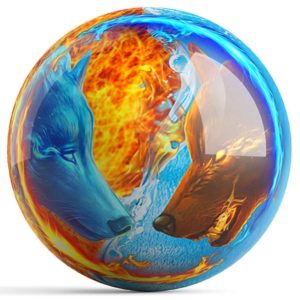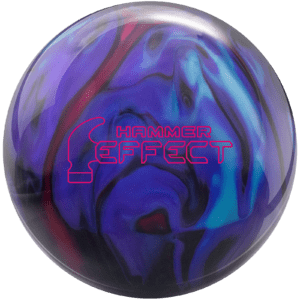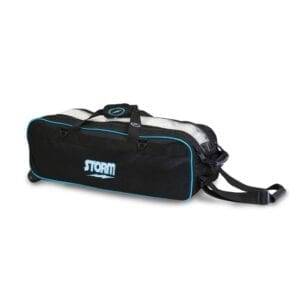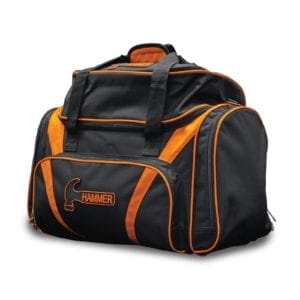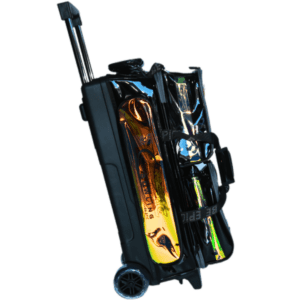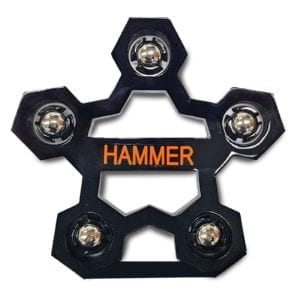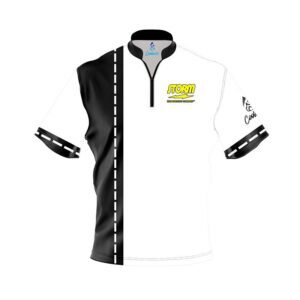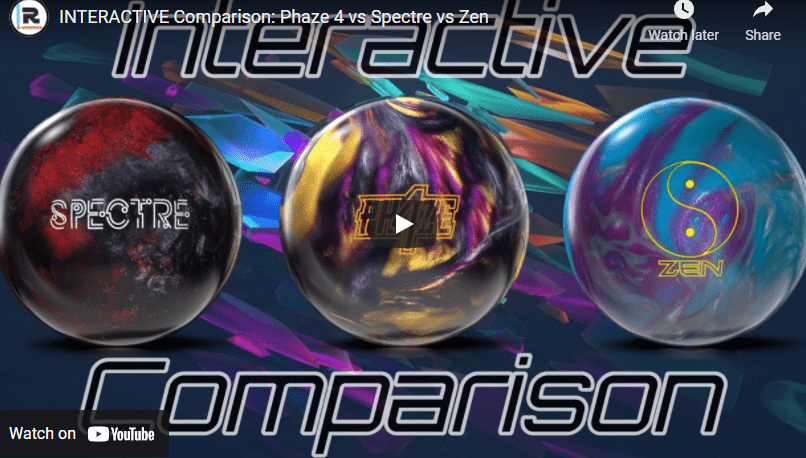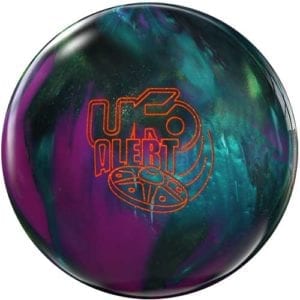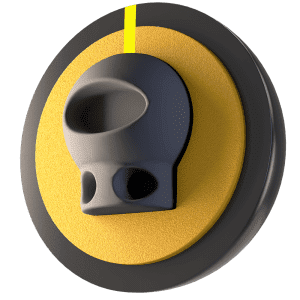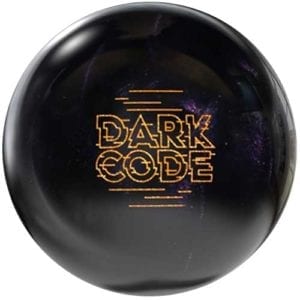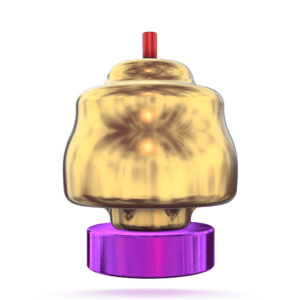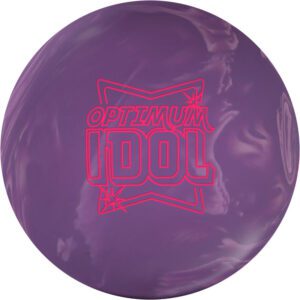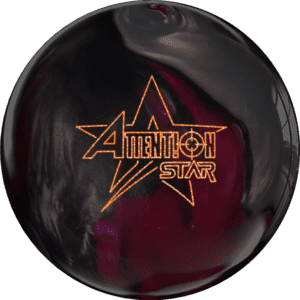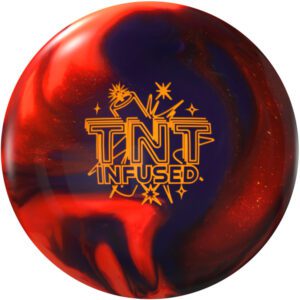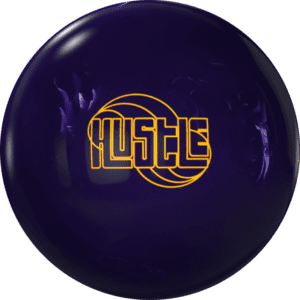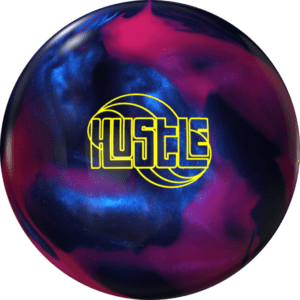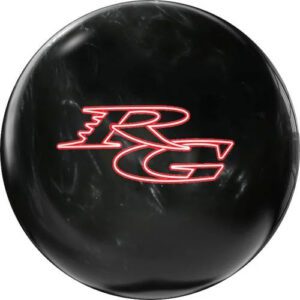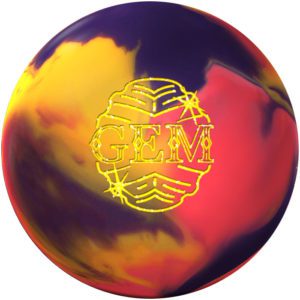900 Global Bowling Ball Videos, Bowling Ball Videos, Luke Rosdahl Bowling Ball Reviews, Luke Rosdahl Reviews, Storm Bowling Ball Videos
Interactive In Depth Comparison: Storm Phaze 4 Bowling Ball vs Spectre vs 900 Global Zen
Storm Phaze 4 bowling ball in depth review and breakdown
Storm Phaze 4 bowling ball
Coverstock: R2S™ Pearl Reactive
Weight Block: Velocity Core (Symmetrical)
Fragrance: Root Beer Float
Factory Finish: 1500-grit Polished
Flare Potential: High
Condition: Medium/Heavy Oil
Radius of Gyration (RG) 15lbs – 2.48
Differential (Diff) 15lbs – 0.051
A New Type of Bowling Ball Review – In Depth Phaze 4 Initial Thoughts
Thanks for joining us for another review, this one is for the surprise Storm Phaze 4. I’d like to shout out my sponsors like usual, Storm Products, Turbo Grips, Bowler’s Mart, Coolwick, SRGBBFS on Facebook, and Royal Crest Lanes in Lawrence, KS sponsor the videos, follow the links in the description and end of the video to Bowler’s Mart for your bowling needs, that lets them know I sent you, my code Rosdahl10 gets you 10% off your purchases at Coolwick, the jersey I’m wearing in the review is my blackout design, and the SRGBBFS group on Facebook is your one stop destination for all things SPI, specializing in used, rare, and international equipment. Without them I wouldn’t be doing this, and I really appreciate everyone who supports both me and them.
How We Drilled The New Storm Phaze 4 Bowling Balls
We’re going to flip the script a little, all the information will be in the description like usual, but we’re going to get a lot more in depth, hit this from several different angles, and give you some extra info here first, then I’ll talk about the ball reaction and what we’re seeing on the screen. The review game has changed over the last couple years, lots of great channels out there now and it’s time to raise the bar again, definitely leave your thoughts and comments below because this one’s gonna be different. Angel’s layout is the same as always, 4 ⅝ x 3 ½ x 2 ½, mine is 4 x 5 x 2, and mine is dull as you can see, I got some out of the box footage first and then I have a couple surface adjustments to show. The Phaze 4 is a pleasant surprise, it started popping up overseas a few months ago, and while there’s usually some mystery around new releases initially, for the internet detectives who know where to check and who to talk to, the timeline for the P4 to be a stateside release came and went a while ago. Usually the international balls have more exotic names, and everything pointed initially to it being a US release. Then we found out the cover was R2S Pearl which started tilting it the other direction, then a lot of international videos and marketing came out and several weeks passed. People then started conceding it as a new variant, using the parlance of our times AND scoring like 4 or 5 references in this one sentence, pretty proud of myself for that and bonus points if you can name them all, but already having a few other R2S Pearl Phazes overseas previously with the original Phaze and the Phaze Star, it seemed like this would be one more of them. I’m not going to attempt to hide my disappointment about the cover choice, but I understand why they did it. We’ve had a lot of R2S Pearl all over the place the last decade, and Roto’s eTrax is very closely related to R2S, so stuff like the UC2 and RST X-2 are Astro PhysiX-like, which of course had R2S Pearl itself, then we still have the Hyroad Pearl, and over the last few years, stuff like the Son!Q, IQ Emerald, and Trend, in addition to Global’s S70 cover virtually being R2S, so the Wolverine is in there too, and for as big of a release as a new Phaze is, just hitting the easy button with R2S Pearl doesn’t do it for me at all. However, like multiple balls before it, most notably with the Astro PhysiX that I was similarly mentally disappointed with before eventually drilling 3 of them, it’s easy math, and as much of a tech snob and hipster as I want to be, you just can’t argue with the reaction or poke any holes in it and nobody else has been able to match or better it.
Getting into the ball reaction, R2S Pearl is virtually the perfect shiny cover, the R2S formula period is the cover equivalent of the Gas Mask core from the Black Widow series. With other stuff being discontinued recently in that slot, we’re missing this type of reaction across all 3 brands right now, the Zen is earlier, stronger, smoother and much heavier rolling, and yes I’m gonna have a comparison, don’t AT me, the Phaze 3 is R THREE S hybrid, which is not quite Zen strong but still stronger and even sharper than the P4, and Roto doesn’t have a strong shiny symmetric at all right now. If they’d have gone R3S Pearl, already have that on the Spectre, plus that would have made it probably too close to the Phaze 3, and R4S Pearl for the catchy reference would have put it too close to the Zen, no reason to come close to stepping on its toes, NRG Pearl from the IQ Tour Nano Pearl is in that same zone, NeX from the Axiom Pearl or ReX from the Dark Code FEELS like it’s in that zone, so R2S Pearl was the smartest choice that fits the best with everything else that’s around it. R2S Pearl always creates a clean and round shape, it’s a very recognizable reaction. It’s definitely very responsive but it’s popular specifically because of the BLEND of response and control. On the Phaze 4, it’s incredibly forgiving for Angel here, the Velocity core is pretty strong, numbers there are a 2.48 RG which is going to get the ball rolling and revving quickly, and an .051 diff which gives it a bunch of flare which is going to help it move on the backend. We’re on the house shot here, and if she gets it out, it responds pretty quickly and between the fast revving of the core and the quickness of the cover, you can see it really wind up and make an aggressive move back up to the pocket. However, R2S Pearl is still one of Storm’s weaker cover formulas, so it needs friction or dry boards to move, and as you can also see, when she gets it inside in the oil, it goes quite a bit longer before it picks up, so for her, it creates an incredible amount of space on the lane. The core creates a lot of stability, the Phaze 2 has been around for a while and if you’ve thrown one you understand, while the cover choice here creates a lot of forgiveness on typical house shots. While it’s a perfect match for Angel, these same things cause some problems for me.
There’s been a lot of use on tour of stuff like the Hyroad Pearl, IQ Emerald, UC2, etcetera which is notable because usually cleaner covers are pretty sharp and create over/under, you usually wouldn’t want to use something like a Phaze 4 on tougher conditions because there’s not going to be enough traction in the oil and too much response on the dry, however R2S is still calm or controllable enough on the dry boards to make it viable on virtually everything at some point during transition. I’m hit or miss with it though, while I love balls like the Hyroad Pearl and Astro PhysiX, I didn’t get along with the Son!Q, hated all 4 of the IQ Emeralds I drilled, two with each hand, and the Phaze 4 seems like it’s going to be in the latter category. It’s fast on friction, and kind of lopes and spins in the oil. It looks good from straighter, but I have to both make sure I get around it to keep it from straightening out and throw it really hard, two things that aren’t really my game so again, while it looks good, I’m having to make it work. I have to get in and away from the friction to get it down the lane easier, but once I started bending it, it turned into a 3 year old in Walmart. I’ve mentioned before that the factory gloss now is kind of overkill, so I took a 3000 pad to it first. I’m not sure why people are so afraid of surface or think it’s some kind of magic or a coin flip. Adding surface will make the ball earlier, stronger, and smoother, and that’s exactly what we’re getting here, it’s very mathematical and predictable. 3000 is a great place to start to knock the shine off without making it diggy, or to slow it down and make it more consistent without making it that much earlier or stronger. I call 3000 and 4000 shape grits, and 2000 and lower traction grits. When you have a shiny or lane shined ball and want to make it smoother without affecting the amount of length and hook that much, 3k and 4k will get that done, but when you really want to make it dig or flat out hook, you go 2k or below to really increase the traction. I moved around a little, changed speeds, got softer with it, hit it more, got it further outside, kept it tighter to the pocket and it didn’t really work, I think the surface might have even made it more over under which is odd, so I decided to check out 2000 grit. It’s still got quite a bit of shape for being at 2000, and that’s because despite the surface, it’s still a cleaner and more responsive cover, but now it’s getting a lot of traction too. When you have something like a Zen with a similar core but a lot stronger cover formula, it’s going to be quite a bit earlier and smoother than this if you take it to 2000. The P4 is still just not the look, now it’s so early that it’s forcing me to launch it or get deeper, and when I do that, it reacts early enough that it doesn’t have the shape down lane any more to recover from deeper angles. So to recap, for Angel, ball reaction doesn’t get better, she has almost 2 arrows with the Phaze 4. For me, it’s in Zen Master territory and I’m just gonna leave it at that. As far as comparisons go and how it relates to other balls, the Phaze 4 fits as a ball down from the Phaze 3, sideways from the Spectre, and a ball up from the IQ Tour, we’ll start with the Phaze 3 featuring me.
It’s a brand new fresh P3, as I’ve worn the last one out, same layout. The P3 is more everything, same core, same surface, just R3S hybrid instead of R2S Pearl. I know some people will say ok it’s another shiny Phaze, what’s the difference and who cares, and here’s the difference. Once again, it’s beyond just hybrid and pearl, and it also flips the traditional idea that a pearl is always supposed to be sharper or more responsive than a hybrid. The Phaze 3 both has more strength and at least an equal amount of sharpness or backend strength, but it’s somewhat situational. The P3 is smoother on the dry, but sharper in the oil, which has more to do with the different cover formulas than it does the hybrid pearl difference, especially because the P3 is two parts pearl and one part solid anyway. The extra strength from the cover formula helps get traction earlier so it starts moving sooner than the P4, and while that core is pretty quick revving, the R2S formula needs more friction for ball motion so that makes the Phaze 4 longer and a bit smoother slash slower in the oil, but sharper on the dry. Overall, there’s just more aggression across the board out of the Phaze 3 that’s somewhat visible from straighter but much easier to see once we get deeper. The P4 cover just doesn’t have the traction to get going as early, so the more angle we add, the longer the P4 goes, but the P3 kind of starts hitting its stride at 3rd arrow and the differences are much easier to see inside of that. I think you can see how much more comfortable it is for me to throw because I’m not having to make it do anything. Even from straighter where the P4 was at least manageable, the P3 was easily the better look, I didn’t have to manufacture good reaction.
Moving to the Spectre now, it has the pearl version of the Phaze 3 cover in R3S pearl, so it’s a straight step up in terms of cover strength from the Phaze 4. The bigger difference here is in the core, the differential is very similar between the two, but the Spectre has a quite a bit higher RG at 2.54 over the Phaze 4’s 2.48, the higher RG basically means the weight is further away from the center so it’s not going to rev up as quickly or want to roll quite as soon, or basically the Spectre has a stronger cover and the Phaze 4 has a stronger core. The result is ball reaction that is harder to see on video than when actually throwing it. The core of the Spectre wants to get further down the lane than the P4, but the extra strength out of the cover gets more traction, so the differences between the two are going to be situational. Both balls need friction or dry boards to go, but the Phaze 4 will be ready to hook when it hits friction sooner than the Spectre will, however the Spectre needs less dry to get traction than the Phaze 4 does. A good eye will see the P4 rolling sooner and revving faster, while the Spectre is cleaner in the first 30 feet, but the Spectre makes up a lot of ground pretty quickly in the last 30 to catch up with it in most situations, so the result is that most of the time, the Spectre is going to be longer and quicker. Just in terms of what we’re bowling on right now, they don’t look much different from 2nd or 3rd arrow. However, the Phaze 4 is easier to get back from deeper angles because the core is winding it up faster, at least for Angel, the common issue for me was too much length with both, the Spectre because of the core and the P4 because of the cover. The oil volume in the middle on a house shot is high enough that neither cover is strong enough to get traction until the end of the pattern, so this is where the core difference really shows up, and with Angel having slower speed, you can see the different ways the balls are working better. Now that you’re thoroughly confused we’ll move on. I’ll have a dedicated comparison coming soon, it’s a really tricky concept to explain and there are no absolutes, there’s a lot of nuance and it’s not something that can be explained in a paragraph.
Next, the IQ Tour Solid. The IQTS also has the R2S coverstock on it, so the solid version of the P4 cover, the RG of each core is virtually identical, but the IQ’s differential is almost 20 points lower and that’s an extremely large difference. Differential affects the ball’s ability to flare, so the more a ball flares, the more distance there will be between the oil rings on the ball when it comes back, and the more distance there is between the oil rings, the more fresh cover is exposed to the lane on every rotation, meaning that balls that flare more have the potential to hook more. Thinking back to the Code X, the only difference between that ball and the IQ was the core, because they were both R2S solid. The Code X was quite a bit stronger because while they both have the same set of tires, the X had a lot more horsepower, and in this situation, the P4 still has a bigger motor but a little less grip. The total result is that the P4 revs just as fast, plus moves quite a bit more down lane. The IQTS could be a different look sideways in the opposite way of the Spectre with the surface on it because it’ll be earlier and smoother, the P4 would be in the middle, then most of the time more length and sharpness out of the Spectre while still in a really similar place when it comes to hook potential. The difference here is a lot easier to see than it was with the Spectre, but it’s mainly friction response, the overall amount of hook or board coverage is pretty similar, and the shape difference creates a pretty typical laneplay or zone difference. The IQ is smoother so it looks better from straighter and the P4 is sharper so it looks better bending it a bit.
The next comparison is more for fun, this is the original overseas Phaze, which also features R2S Pearl, and it’s freshly drilled, so the only difference between it and the Phaze 4 is age and color. This one is rollier and slower than the P4. If you thought all the nonsense I’ve been talking about in the classroom videos and getting into cover formulas was too much, different colors react differently too. Famously when Ebonite’s Mission came out several years ago, they tested the exact same ball makeup, so same exact cover and core in 21 different colors before settling on red because that was the color that reacted the best. Don’t worry, I’ll never make a video about that, that’s overkill but it does exist, and while the reactions are very similar, they should theoretically be identical and they aren’t. This is why it bothers me so much when people try to get too mathematical or say this should be this way or that should be that way or the left side should be the same as the right or whatever else. It’s not and there’s a million reasons why, and as soon as you accept that and forget what you think you know and swallow the red pill, then you can start learning and understanding some things. The numbers and tech are critically important, but so is shutting off your brain and watching what the ball is actually doing so that you can make the connection between what you think the ball should be doing and what it’s actually doing, that helps you link the details and the ball reaction together so that you can make better purchasing decisions.
So, the final verdict is that I think it boils down to whether or not you get along with R2S pearl 100%, I don’t think there’s any concerns with the core here, I’m not actually sure I’ve heard of anyone that just doesn’t get along with the Phaze line as a whole. If you like all the stuff I mentioned at the beginning, you’re gonna like the ball, if you’re hit or miss with that stuff or don’t like any of it, probably would look at something else. There is at least a separate Zen and Spectre comparison coming soon, if there’s any other comparison you want to see, let me know in the comments section.
The Phaze 4 releases on February 11th and it’s nothing special or revolutionary, but when it comes to spending a couple hundred bucks on a new ball, the confidence inspired by the combination of a cover and a core that we all have experience with and know well is off the charts. Thanks for watching and may the strikes be with you.
roto grip rst x-1 bowling ball
Coverstock Name MicroTrax
Coverstock Style Hybrid
Coverstock Type Reactive
Weight Block RST Core = Roto Star Tour (Asymmetrical)
Color Black / Dark Forest / Forest Pearl
Finish 3000 Abralon
Finish Method Can be Polished OR Can be Sanded More
Durometer 73-75 on D-Scale
Flare Potential High
Weights 16lbs – 12lbs
RG: 2.53
DIFF: .053
PSA:.016
roto grip ufo alert bowling ball
COVERSTOCK:e-Trax Hybrid Reactive
CORE: E.T. Core
COLOR: Purple Solid/Emerald/Teal
FINISH: 1500-grit Polished
CONDITION: Medium Oil – Medium/Heavy Oil
FLARE POTENTIAL: High
AVAILABLE WEIGHTS: 12 – 16 lbs.
PRODUCT SKU: RAE
RG (15lb): 2.52
Diff (15lb): .054
900 global altered reality bowling ball
Color: Salmon/Black/Silver
Coverstock: S84 Response Pearl
Weight Block: Disturbance Asymmetric
Factory Finish: 1500-grit Polished
Flare Potential: High
Radius of Gyration (RG): 16lbs – 2.48; 15lbs – 2.49; 14lbs – 2.50
Differential (Diff): 16lbs – 0.052; 15lbs – 0.052; 14lbs – 0.052
Intermediate Differential (Diff): 16lbs – 0.018; 15lbs – 0.018; 14lbs – 0.018
storm dark code bowling ball
Coverstock – ReX Pearl Reactive
Weight Block – RAD4™ Core
Factory Finish – 1500-grit Polished
Ball Color – Obsidian
Fragrance – Cherry Delight
RG (15lb) – 2.50
Diff (15lb) – .058










